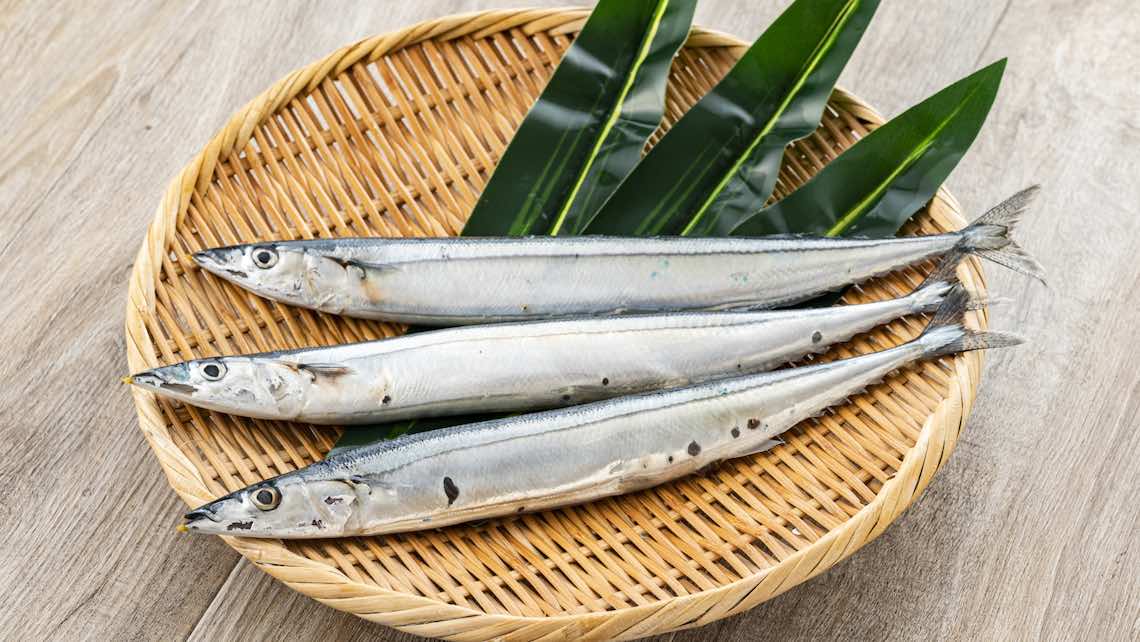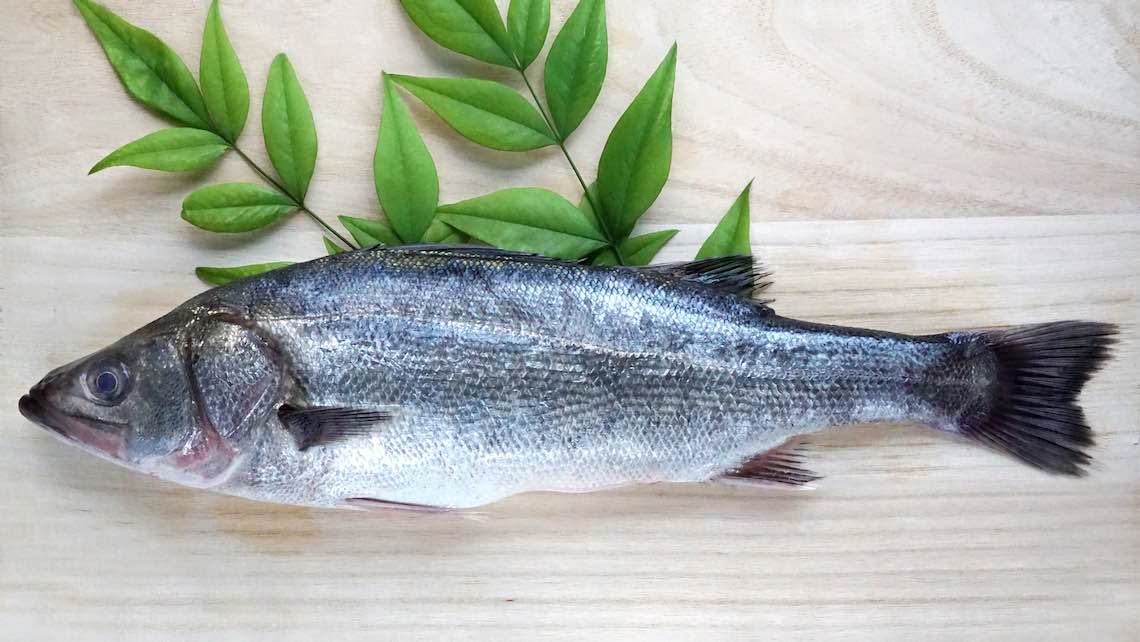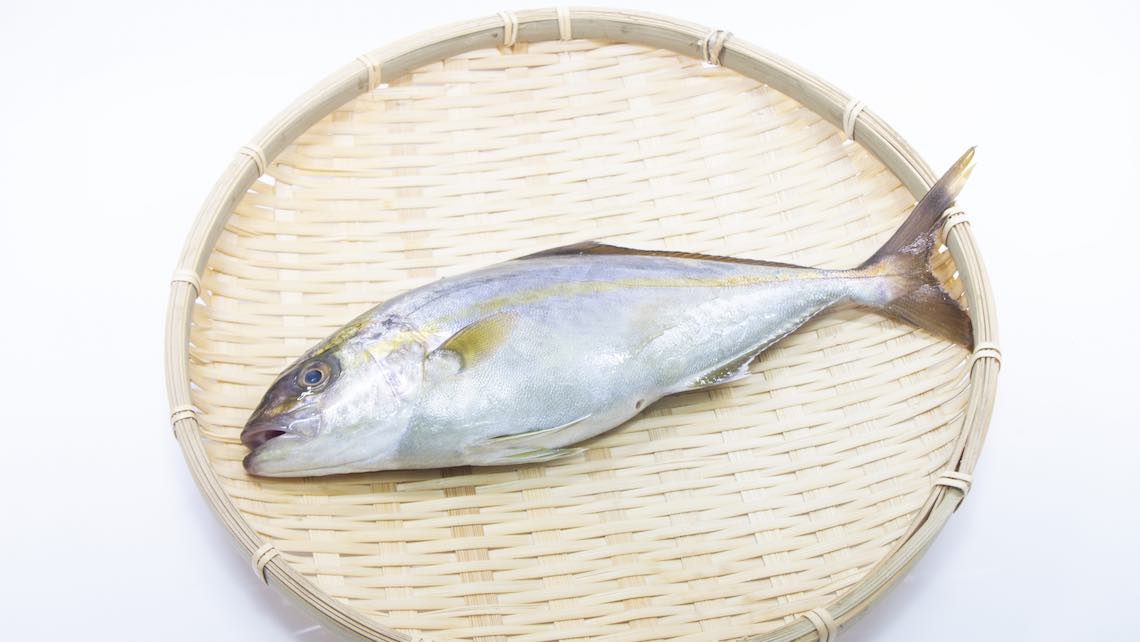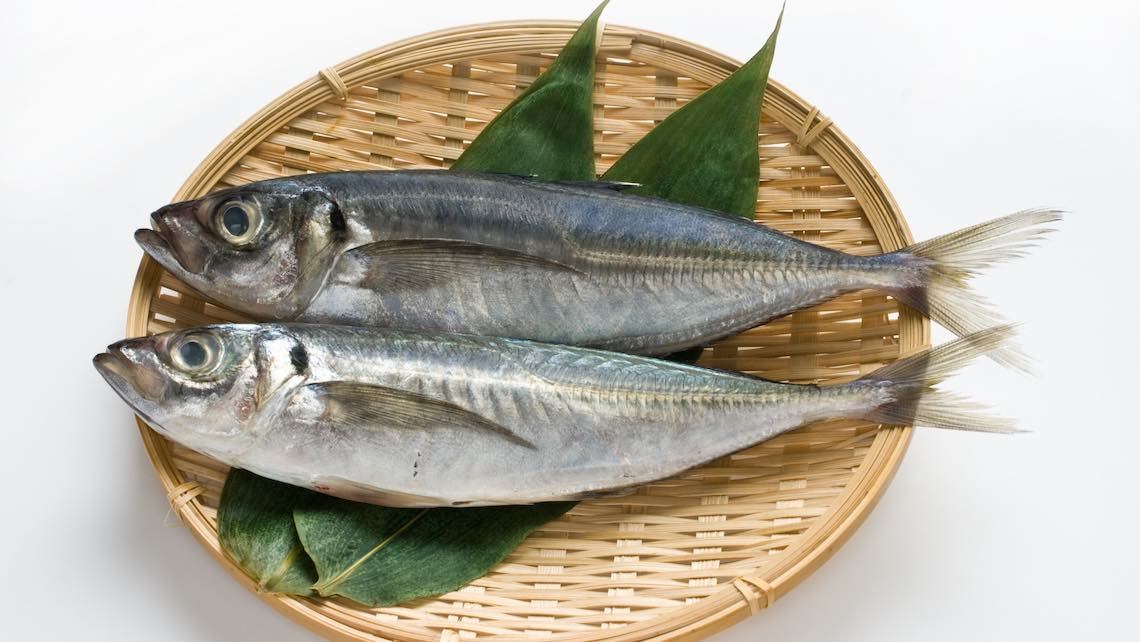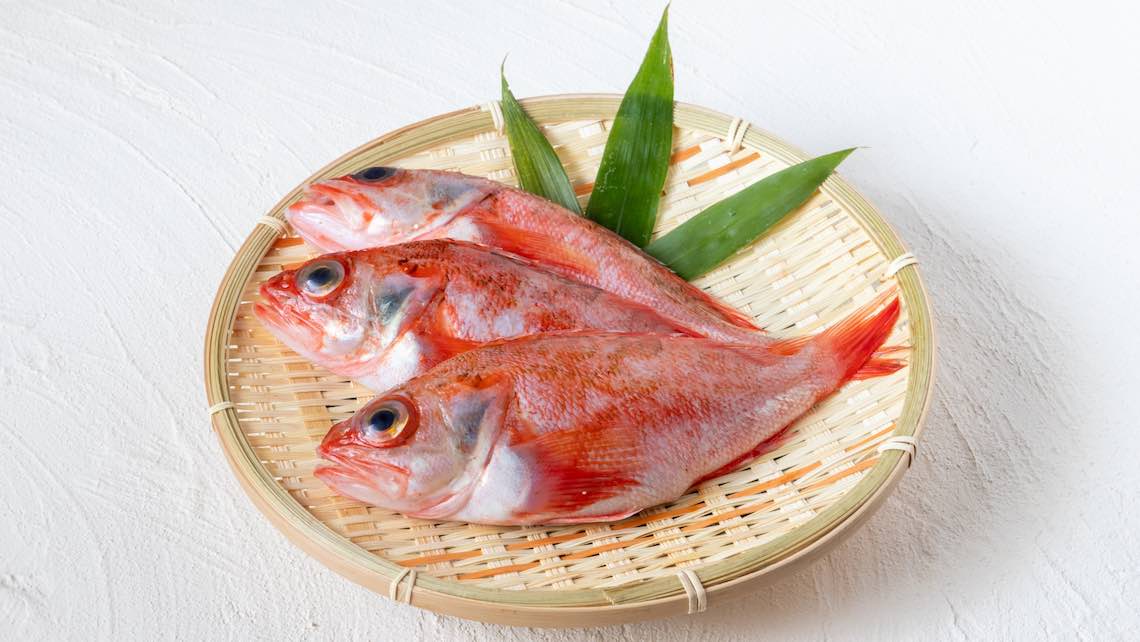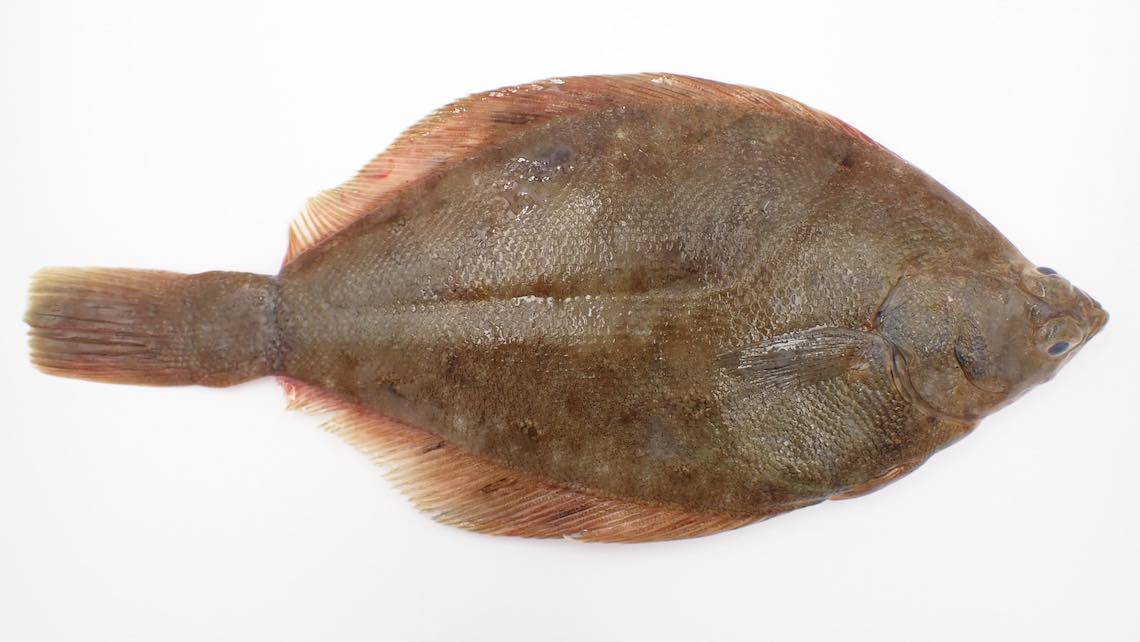Bonito [Katsuo]
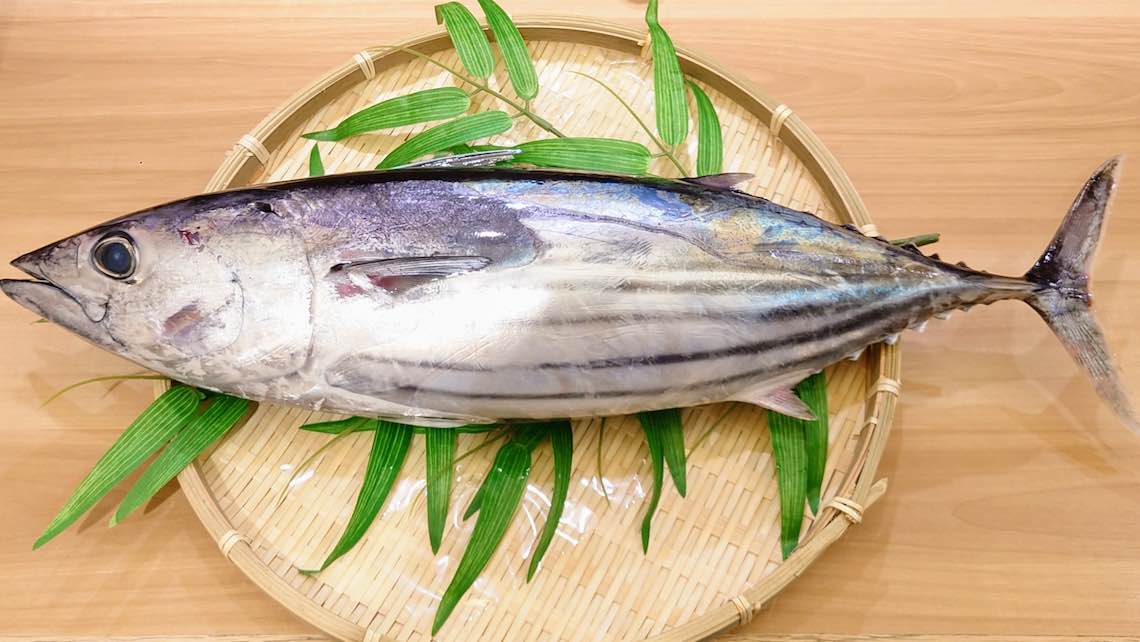
Japanese Name and Pronunciation:

[katsuo]
Katsuo, known as bonito in English, is a significant and flavorful fish highly esteemed in Japanese culinary culture. It belongs to the mackerel family and is particularly renowned for its rich umami flavor and firm, meaty texture.
In Japanese cuisine, katsuo is used in various preparations, most notably as “katsuo tataki,” where the fish is lightly seared on the outside while keeping the inside raw. This technique helps to retain the natural taste and succulence of the fish, creating a harmonious blend of smoky and savory notes.
Katsuo is also a key ingredient in making “dashi,” a fundamental Japanese soup stock that serves as the base for numerous dishes. The dried and fermented bonito flakes, called “katsuobushi,” add depth and complexity to the dashi, enhancing the overall taste of soups, stews, and sauces.
Katsuo is an annual migratory fish that moves north and south each year. Those that travel north from southern Kyushu around March in search of food are called “nobori katsuo.” Especially those caught between April and June are referred to as “hatsu-gatsuo,” representing a quintessential seasonal delicacy of spring. Hatsu-gatsuo’s flesh is vibrant red and known for its light and refreshing taste.
On the other hand, around September, the fish starts migrating south from southern Hokkaido, known as “modori-gatsuo” or “returning bonito.” The katsuo caught during this time is rich in fat content, earning the names “toro-katsuo.” Contrasting with the tender texture of “hatsu-gatsuo,” the “modori gatsuo” is characterized by its firm and chewy texture, widely appreciated as an autumn delicacy.
In summary, the peak seasons for katsuo are “hatsu-gatsuo,” reaching its first peak in April to May, and “modori katsuo,” during mid-August to late September.
Katsuo is caught along the coastal waters of Japan, with major fishing regions including the Pacific Ocean and the Seto Inland Sea.
The versatility and distinctive taste of katsuo have made it an indispensable ingredient in various traditional and contemporary Japanese dishes, symbolizing the culinary richness and appreciation for seasonal delights in Japanese cuisine.
![Bonito Sushi [Katsuo]](https://itadakimasu-japan.com/wp-content/uploads/2023/07/katsuo_sushi-320x180.jpeg)
![Seared Bonito Sushi [Katsuo no Tataki]](https://itadakimasu-japan.com/wp-content/uploads/2023/07/katsuo_tataki_sushi-320x180.jpg)






